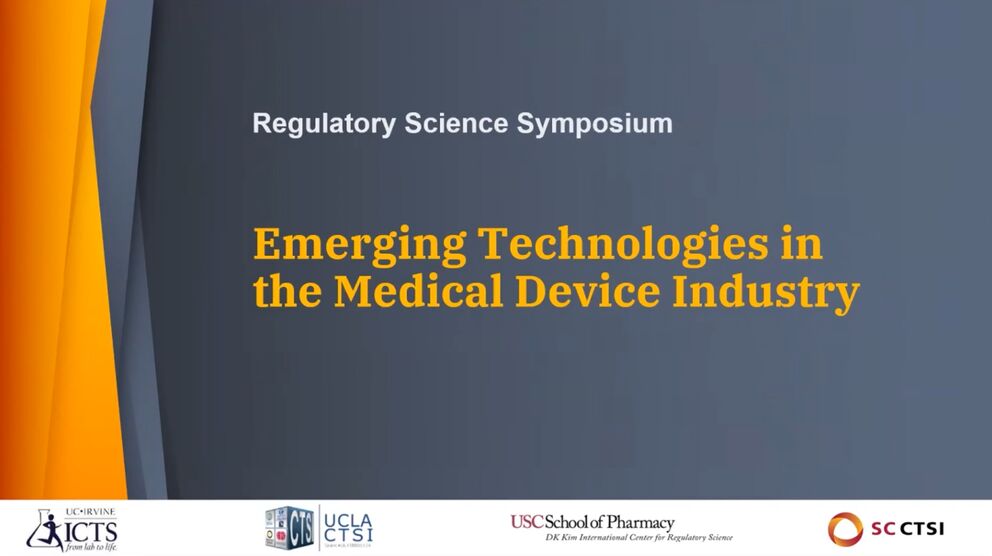- “it's all 1s and 0s”
- “ASCII code” – created this table that consists of letters and numbers.
- L-076
- I-108
- 1-049
- O-079
- O-111
- 0-048
- Only 35% trust their organizational data. 62% blame technology.
- People vs Systems:
- Neurotransmitters: we think of a color, and it brings an image to our mind (e.g., magenta may make us think of flowers or magic or college).
- Humans are unpredictable. Unlike computers, humans change thoughts, opinions, and emotions. Computers are programmed to even act as an emotion.
- People vs. Technology triangle: data, information, knowledge, wisdom
- Data
- i. People aren’t good with tedious tasks, but computers are great. Data Integrity (Alcoa-attributable, legible, contemporaneous, original, and complete): made up in the industry by some guy who was nervous to give speeches and needed to remember something and took Alcoa to do that/ made him think of a company name…now we live by it. all of us have used tech for most of our lives.
- ii. System perspective/ Information: systems don’t have perspective; created by people that have perspective who may miscommunicate. We human beings must validate everything to ensure consistent performance.
- iii. Hybrid Perspective/wisdom and knowledge: humans are taught perspective, knowledge and wisdom, opinions, etc.
- iv. We use what we know to plug it into the systems and that’s how it is run.
- v. Need critical thinking and an open mind to consider a basic understanding to develop a system appropriately.
- Data
- Artificial intelligence:
- When a machine displays some human-like intelligence (e.g., Alexa from amazon, Sofia the robot [has citizenship in Saudi Arabia, which holds ethical dilemmas], Software robots [bots])
- i. Artificial general intelligence: Homo Deus by Yuval (wrote Sapiens).
- All our jobs can be replaced by technology. Archaeology and creation of virtual worlds.
- There are systems that diagnose patients better than doctors (surgery robots). Eventually, the systems will start thinking for themselves.
- In the middle of our fourth industrial revolution: steam, electronics, robot, and cyber-physical systems (human and technology working and coming together).
- In a pharmaceutical factory, devices will be figuring out problems themselves…they will be proactive and predictive. It will find a problem and know how to fix it.
- ii. Sentiment analysis: the system can tell how you are based on facial expressions.
- System can communicate with physicians to tell them the truth behind a patient’s emotions.
- iii. Tech will never replace humans. It will only work together with humans to improve our quality of life.
- i. Artificial general intelligence: Homo Deus by Yuval (wrote Sapiens).
- When a machine displays some human-like intelligence (e.g., Alexa from amazon, Sofia the robot [has citizenship in Saudi Arabia, which holds ethical dilemmas], Software robots [bots])
- Machine Learning:
- Automating analytical model building.
- With machine learning, we can throw heaps and mounds of data and see you had something good; you just didn’t see it. Plenty of archives for new drugs; just need the extra help.
- i. Supervised Learning: trained the machine to find something specific
- ii. Semi-supervised learning
- iii. Unsupervised learning: throwing data at the machine that it knows nothing about.
- Machine interprets whether it sees a cat or a dog.
Regulatory Science Virtual Symposium: “Emerging Technologies in the Medical Device Industry” Session 4: Regulatory Framework for the Digital World (2022)
Course Syllabus/Topics
Acknowledgment
Accompanying text created by Roxy Terteryan | RKS Project Administrator, SC CTSI atertery@usc.edu

